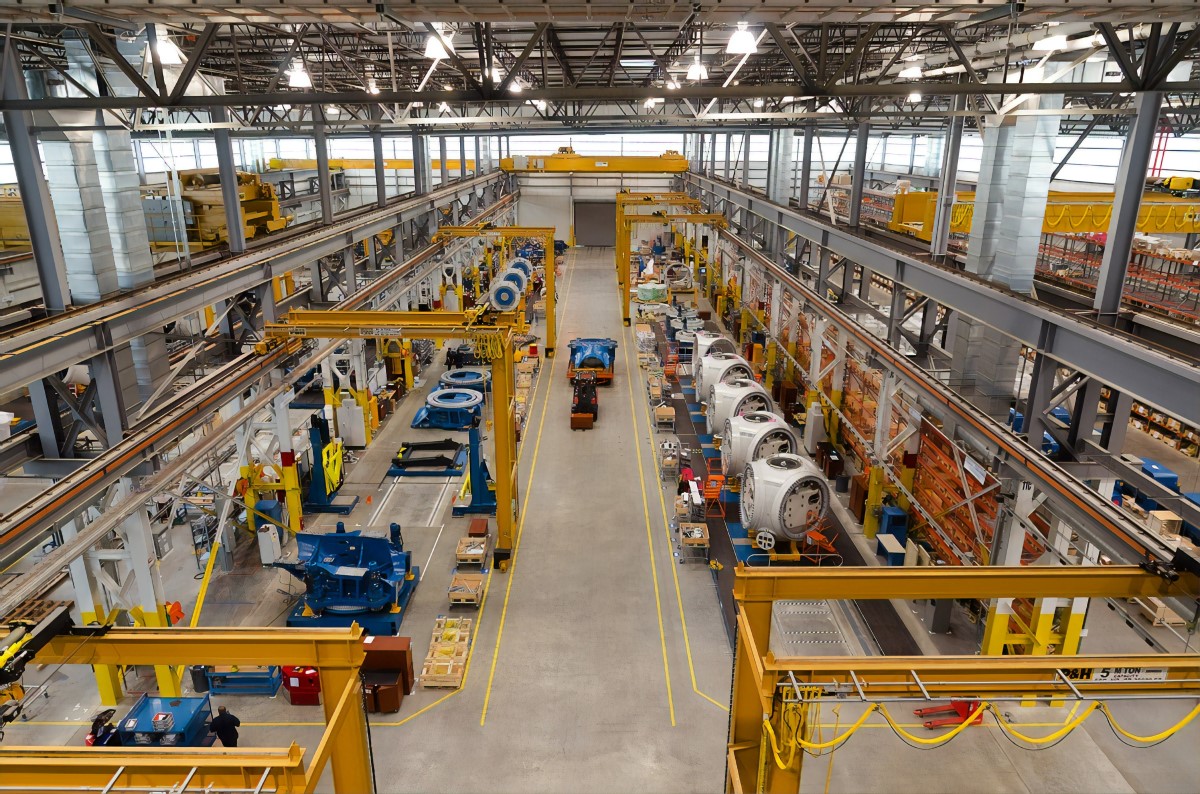Many businesses have implemented cutting-edge strategies that require lean manufacturing. These techniques could increase productivity, eliminate waste, decrease numerous types of expenses, optimize the efficiency of the manufacturing process and improve the satisfaction of customers. The strategies can also minimize delays, reduce defective products and prevent overproduction.
Sorting the Equipment and Examining the Principles of Lean Manufacturing

Each company can examine the value of available equipment, and the business may discard obsolete equipment, unnecessary machines, and inefficient tools. The company can also archive old equipment that could become valuable in the future. Some businesses may acquire storage units that can protect the older equipment, or the companies could quickly sell the equipment. Once a business removes obsolete equipment, the company may improve the configuration of each workspace, increase storage space or purchase new equipment.
Organizing the Workspace and Improving the Production Line

After the company removes obsolete equipment, the business could effectively configure each workspace, evaluate the position of every machine, eliminate clutter and examine the movements of the employees. Usually, these techniques can significantly improve the manufacturing process. While a company is applying lean strategies, the business could utilize various techniques that will reduce the lead time, improve the piece flow and decrease several types of expenses.
Optimizing the Quality of the Workspace

Typically, the employees can frequently clean each workspace, and the workers may cleanse the machines, the auxiliary equipment, and the tools. According to numerous reports, a clean workspace can substantially increase productivity, improve the morale of employees and reduce delays. The workers could also remove unnecessary paperwork from the workspace, yet the employees can quickly organize important documents that describe various orders, the company's guidelines, and several goals.
Improving Standardization and Enhancing the Effectiveness of Lean Manufacturing

The company may create standardized procedures that could optimize the manufacturing process. The standardized guidelines will improve the quality of finished goods, reduce the lead time, promote teamwork and increase the piece flow. Once a business utilizes lean manufacturing strategies, the workers may also evaluate the ultimate goal of the company, train numerous colleagues and improve compliance.
Examining the Benefits of Sustainability
The managers can incentivize the employees who consistently follow the standardized guidelines. The supervisors could frequently describe techniques that can reduce the duration of each task, decrease the costs of projects and motivate the employees. The business may create a long-term plan that could improve sustainability. Then the company can examine important goals, detailed reports, predictive forecasts, the performance of every employee, and the profitability of each project.
Eliminating Waste

The business could evaluate defective products, obsolete equipment, and inefficient strategies. The company may also utilize techniques that could eliminate unnecessary expenses, and the business can create products that will interest many customers. If a company manufactures obsolete items, the products may considerably increase several types of expenses, yet the outdated products could also affect the reputation of the business.
Once companies eliminate waste, businesses should primarily manufacture innovative products that will meet the needs of customers. The companies may examine the values of the products, the preferences of clients, the costs of the materials, and the design of each product.
Preventing Overproduction and Organizing the Finished Goods
Numerous reports have indicated that more than 80 percent of companies frequently overproduce multiple types of products. After a company creates extra inventory, the unnecessary products may require additional storage space, and the products could create clutter that can affect the efficiency of the business. While a company is applying lean strategies, the business should eliminate products that do not interest customers. Additionally, the company may manufacture innovative products that could increase the profitability of the business.
Generally, a company should utilize a software program that can organize the inventory, evaluate the location of each product, provide detailed reports, improve the mistake-proofing strategies and create predictive forecasts. The tools could also send important notifications to the employees, and the software programs can help the employees to order new inventory. While the business is reducing wasteful inventory, the managers can identify obsolete products, examine valuable goods and compare various types of products.
Evaluating Continuous Improvement and Eliminating Mistakes
During the 1970s, many Japanese companies created mistake-proofing strategies, and these techniques can reduce the consumption of resources. The manufacturers frequently utilized poka yoke, which is a Japanese technique. This strategy can help the workers to prevent mistakes, and the motivated employees may also create numerous solutions, evaluate previous mistakes and advise many colleagues. According to Japanese reports, poka yoke can reduce long-term costs, improve the safety of each workspace and decrease the number of defective products.
Reducing Travel Time

Once businesses implement lean strategies, the companies could utilize techniques that may improve transportation, and the businesses can create specific routes that could decrease travel time. Normally, these techniques may improve the efficiency of a production line, reduce a company's expenses and prevent idleness.
The company can create storage space that is located near the workers, and consequently, the employees could quickly grab necessary tools, important equipment, and useful supplies. After a business creates a lean transformation, the company can also place heavy items on accessible shelves. Therefore, the employees could quickly access the heavy equipment, and usually, the workers will not utilize a forklift.
The business may thoroughly evaluate the supply chain, and the company could contact carriers that provide inexpensive services. While the company is reducing wasteful spending, the business may also examine carriers that can improve the speed of the shipments. Once a business provides fast shipping, the company could optimize the satisfaction of customers, improve the reputation of the business and minimize delays.
Examining the Talents of Employees

After the businesses implement lean strategies, the companies can consistently train talented employees who could increase the profitability of the businesses. The employees can showcase continuous improvement, provide a high level of performance and motivate many colleagues. These workers may receive numerous awards, a bonus, or important recognition. Once a company creates a lean transformation, the business can also modify the hiring process, contact qualified applicants, and reward new employees.
The company should frequently provide tests that could evaluate the skills of the employees. After the workers complete the tests, the company may identify employees who can become managers. Then these employees train many colleagues, increase a high level of teamwork, improve the lean journeys, and evaluate the ultimate goal of the business.
Typically, these strategies can help a company to retain valuable employees. Moreover, the techniques may increase the satisfaction of the workers, promote continuous improvement, optimize the reputation of the business and increase the cohesiveness of each team.
Learning Additional Information and Contacting Our Business
Our experienced consultants can provide solutions that could improve lean manufacturing, increase productivity, reduce long-term expenses and optimize the morale of employees. Once you contact our business, our experts could provide a free consultation, and we can create a multifaceted plan that will benefit your business, the employees, and many customers. If you would like to learn more information about our services, you may evaluate our blog, the principles of lean manufacturing, successful clients, important resources, and upcoming events